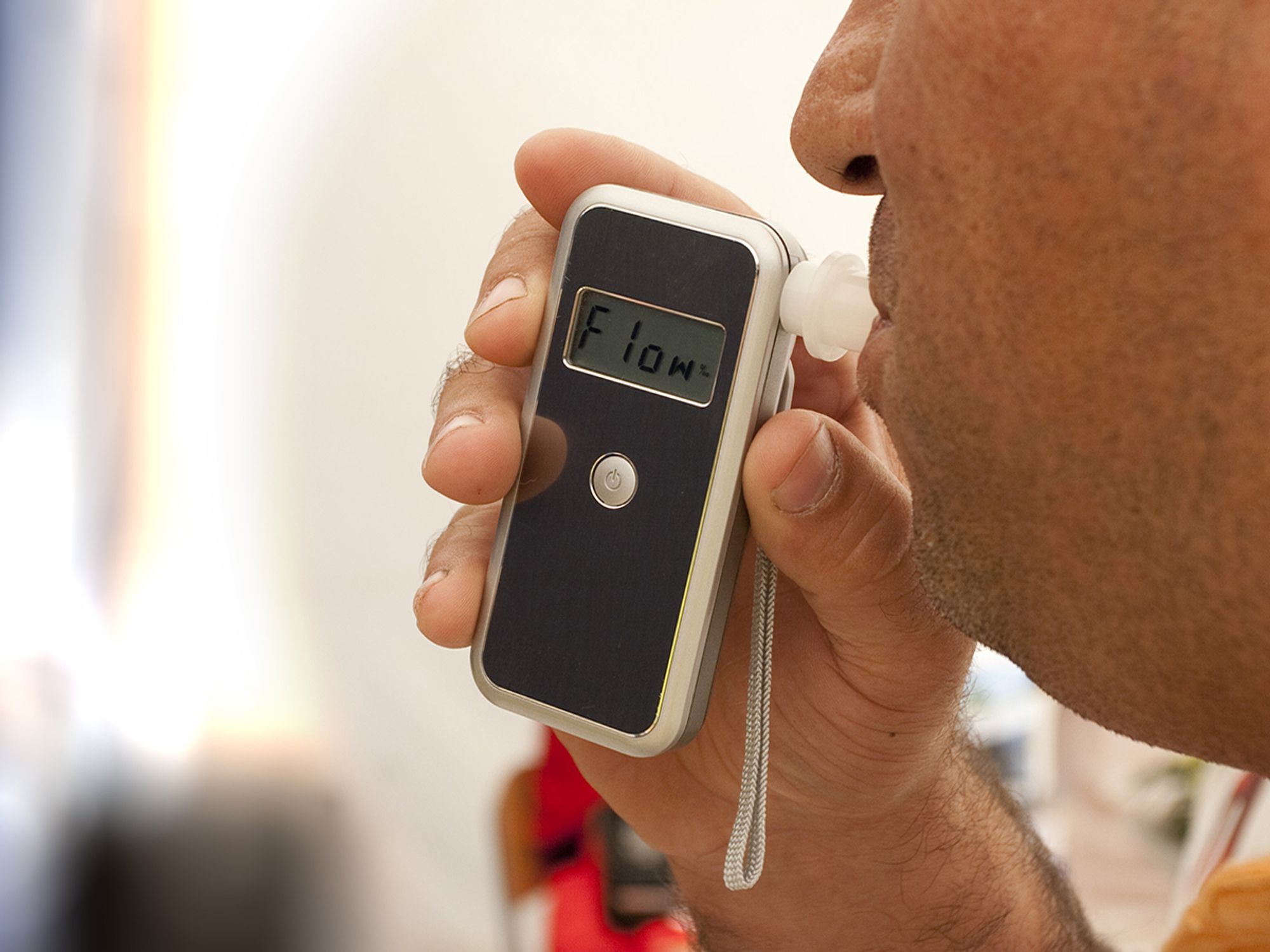How to test and handle results

- Alcohol tests should be conducted in a manner that respects an employee’s privacy.
- Some states regulate how an employer tests for alcohol use.
- Follow company policy and adhere to state laws if a test is positive.
A breath test is the most common method of testing for alcohol. The results tell if the individual is under the influence of alcohol at the time the breath sample is taken.
An employer must ensure that the test is conducted in a way that respects an employee’s privacy. In addition, the employer should be sure that the breathalyzer brings an accurate test result.
State laws must be followed. Some states restrict who can conduct a test or the type of test that can be conducted.
After a test
The results of an alcohol test are typically available soon after a test is conducted.
Negative result: If the drug test is negative, the employee may return to work.
If an employee’s erratic or unsafe work behavior were factors in the test being conducted, an employer may address those issues separately.
If the employee is fit to return to work, the company should pay for time missed because of the test. This is not required by law, but would be a good practice and show of good faith.
Positive result: If a test is positive, the employee should not be allowed to return to work. Because the employee should not drive while intoxicated, the employer should arrange for the employee to be taken home. The employer could:
- Get in touch with the employee’s emergency contact and have that person drive the employee home.
- Send the employee home in a cab or rideshare vehicle.
- Have a supervisor drive the employee home.
The employer can follow company policy with regard to the consequences of a positive test. This could include completion of a rehabilitation program before returning to work, suspension, or termination.
A state law may require an employer to provide the option for rehabilitation if a test is positive. If you have a union contract, consult the contract for any additional steps that need to be taken.
